Candria Gray and her two children live in Worcester, Massachusetts, where they rely on city buses to get nearly everywhere: college classes, elementary school, the pediatrician’s office. By 2017, when the Worcester Regional Transit Authority raised fares from $1.50 per ride to $1.75, Gray was spending as much as $12 a day on transit — a good chunk of her budget as a single mom. And the increased fare was not accompanied by improved service.
“It’s not just the cost, it’s the waiting,” Gray said. “Nothing is changing, so why are we paying more?” Some of her neighbors bought cars, she said, figuring that if transportation was going to be expensive, at least it could be reliable, too.
Gray, however, doubled down on public transit, helping to form a coalition to fight for better, more affordable bus service in New England’s second-largest city. Now, they are on the cusp of a major victory.
In January, after the Worcester Regional Research Bureau, a local think tank, proposed the idea, the city council declared its support for eliminating fares altogether. It’s a move that Gray and other local advocates believe will not only ease the financial burden on riders but also increase the number of people who choose to take transit, ultimately touching off a virtuous cycle that will lead to better bus service and fewer cars on the road.
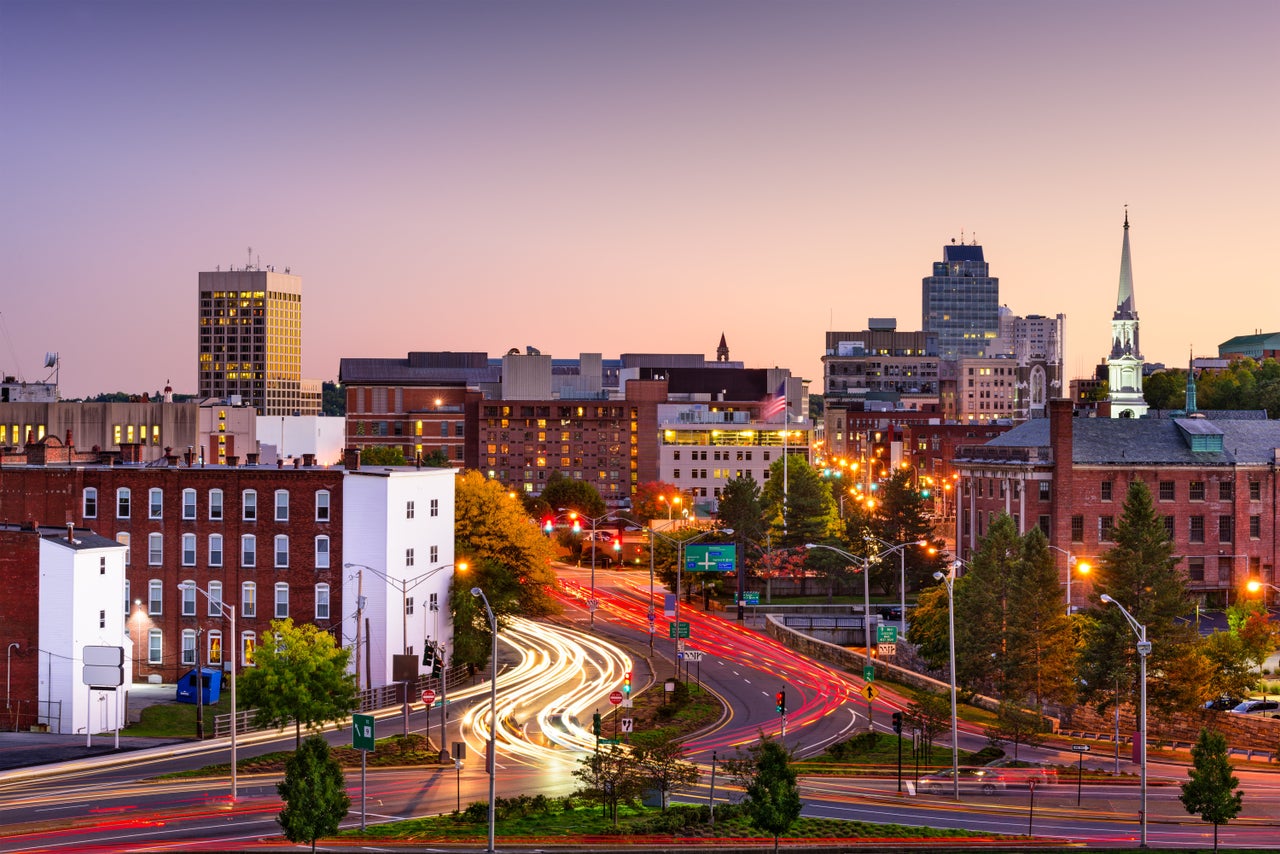
“I know people who would love to give up their cars,” Gray said. “If we can increase ridership, we can push for the system to improve.”
Free transit might seem far-fetched to riders who have long taken the farebox for granted, but more and more cities in the United States and around the world are now exploring the possibility.
Questions remain, including how to make up the lost revenue and if free transit even makes sense without simultaneous improvements in frequency and reliability. But if mobility is a human right, as many have argued, then this radical move may be a necessary step toward a world where everyone has equal access to jobs, services and recreation. Free rides could also prove a powerful tool against climate change if they can tempt people who would otherwise drive to try a greener mode of transportation.
The communities testing or considering free transit are diverse, ranging from major metropolises to small towns and from blue-collar to affluent. Just an hour’s drive from Worcester is Lawrence, Massachusetts, a post-industrial city with a large immigrant population. It used a municipal budget surplus to make some bus service free on a trial basis last fall, and the city has seen ridership go up 20%.
In December, city council members in Kansas City, Missouri, passed a resolution that could make this municipality of 490,000 people the largest in the U.S. to eliminate bus fare. Mayor Quinton Lucas said he hopes the scheme, which the city estimates will cost $8 million, can help “build up a culture of bus riding.”
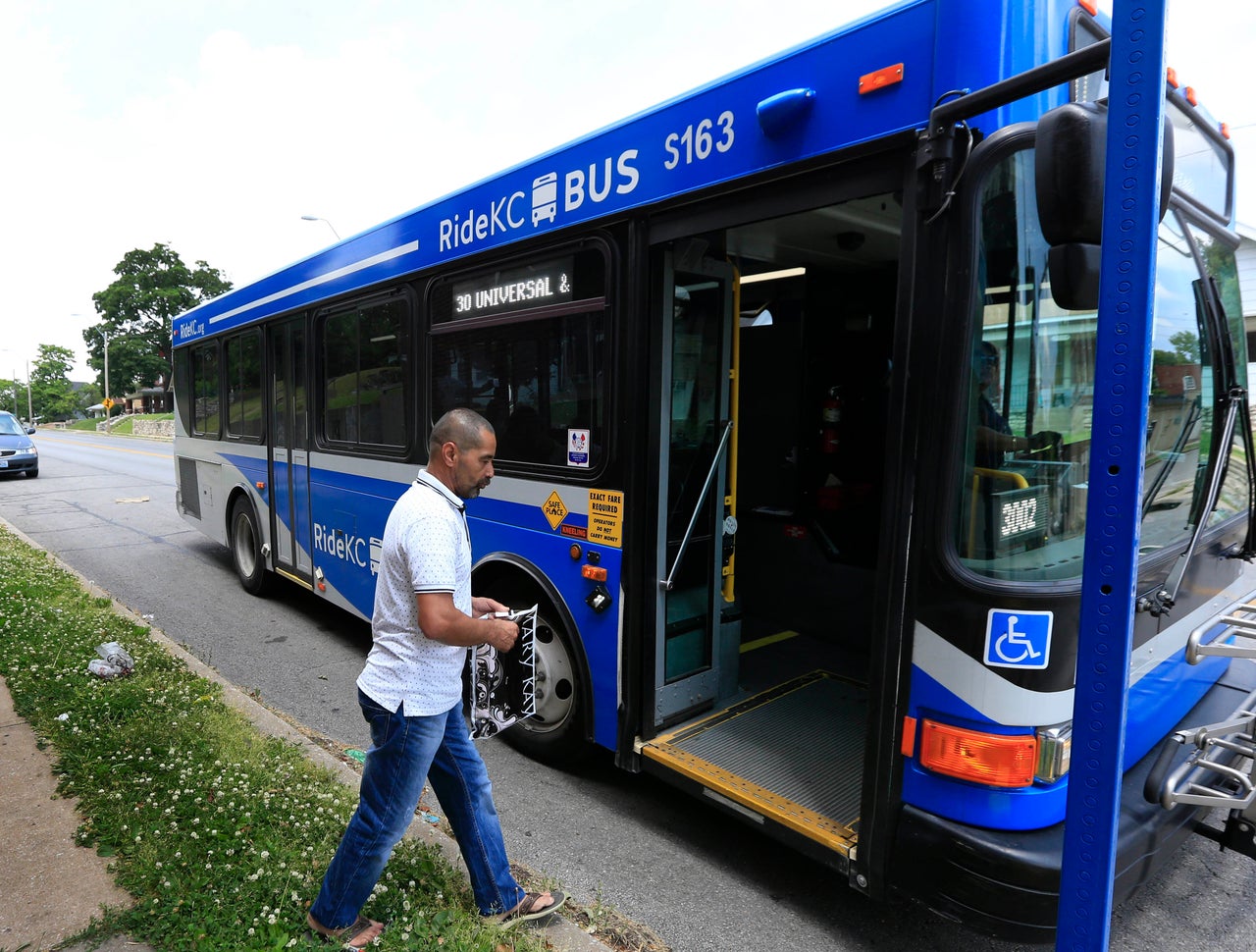
Meanwhile, Olympia, Washington, went zero-fare in January, after the city calculated that the cost of upgrading fare collection systems would outweigh total ticket revenue.
Across the Atlantic, transit will be free throughout Luxembourg starting in March, as it already is in a few dozen municipalities in France and Poland. Tallinn, Estonia’s largest city, has offered free transit for residents since 2013, and in 2018 the country added free intercity buses.
The equity impact of a free ride is obvious: Beyond a few big cities, it’s the most marginalized people who are least likely to own cars and thus rely most on transit. And for those who count on it, transit is at least as vital as other services that cities are expected to fund entirely through tax revenue, from parks and libraries to schools and police forces.
“All of those services were started in the private sector, and then at different moments we had a public conversation and we decided to make it public,” said Jason Prince, an urban planner and professor at Concordia University in Montreal.
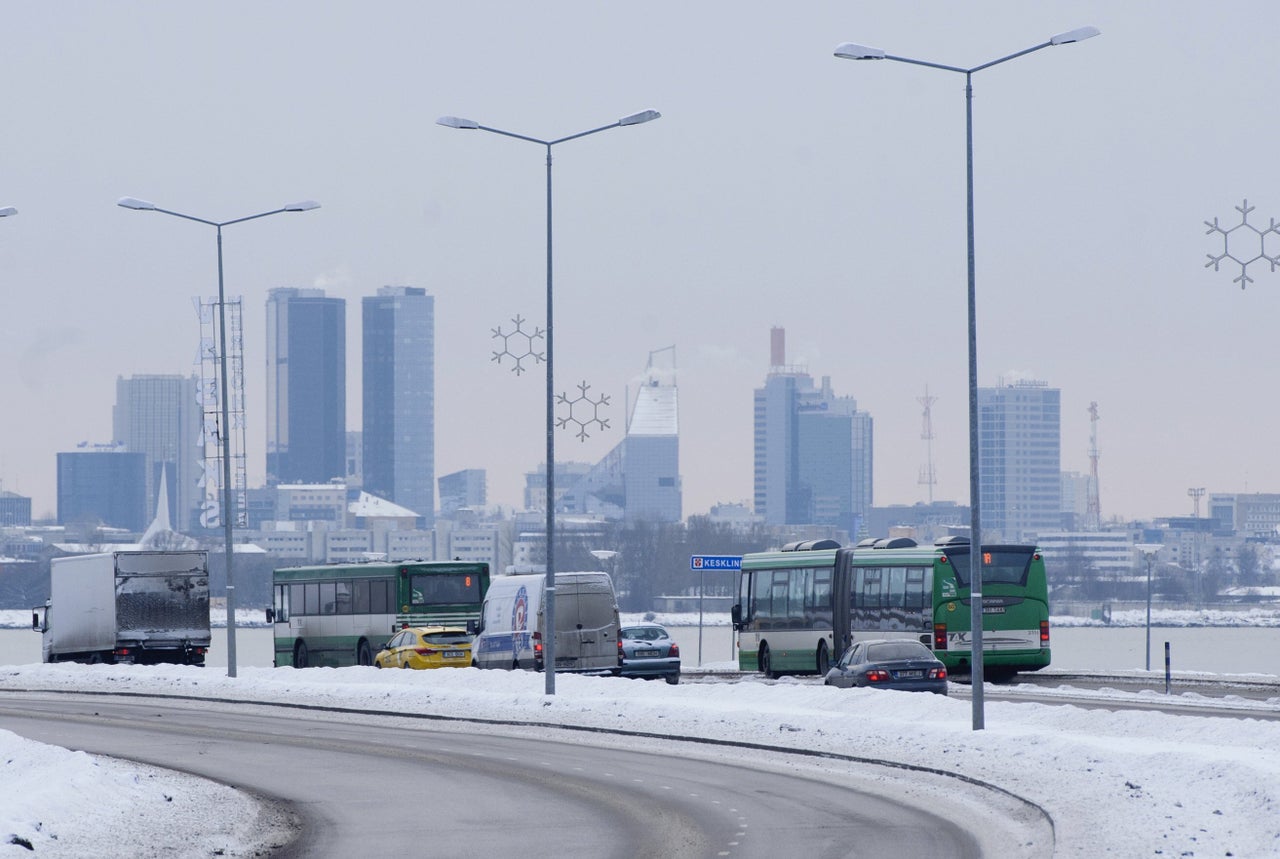
For the most part, only in the realm of transit — formerly the province of private trolley companies, bus operators and railways — did fees carry over when municipalities took on the job.
Why? “The short answer is politics,” said Prince, who co-edited 2018’s ”Free Public Transit: And Why We Don’t Pay to Ride Elevators,” a compendium of case studies and policy analyses from transit researchers around the world. “Unfortunately, rich people tend to have more political power.” While transit systems are diverse at the local level, each with its own funding ratio and unique challenges, it remains the case everywhere that since the dawn of the automotive era the rich are far less likely to ride the bus.
Climate change, however, may finally tip that political calculation. In the United States, according to federal government data, transportation is responsible for 29% of greenhouse gas emissions, with passenger cars and light trucks emitting 59% of that. Putting a dent in those figures will require public transit to become more attractive than driving, and given the cost of fueling, parking and maintaining an automobile, the word “free” could have a certain appeal.
“There is a climate catastrophe unfolding right in front of our eyes,” said Seattle City Councilmember Kshama Sawant, who has called for free transit in her city (with lost revenue perhaps to be covered by her proposed “Amazon tax” on big businesses).
“The vast majority of people here are very clear on this,” she said, citing the findings of regular Seattle Department of Transportation surveys, which show environmental concerns to be a priority for residents. “Our transit system has been gutted and fares have gone up, and despite all that ridership has expanded dramatically. I have no doubt that if we made transit free, use would rise even further. It would be a big part of achieving a Green New Deal for our region.”
Free transit is also a racial justice issue. Those arrested for fare evasion are more likely to be people of color ― more than 90% of fare evasion arrests last year in New York City, for example. The offense is often treated as criminal, in contrast to the civil penalties enacted against drivers for speeding and parking infractions.
“There are people who can’t afford to use transit and get on anyway and then are pursued by the police,” said Joshua Malloy, a community organizer and transit advocate in Pittsburgh. “It’s an introduction to the criminal justice system that we think we could do without.”
Despite growing enthusiasm for making transit free to ride, the potential impacts are less clear. One open question is how to compensate for the lost revenue.
Fares sometimes amount to only a small fraction of a system’s funding — 14%, or about $3 million, in Worcester — which means lost revenues can often be made up for with federal and state grants, budget reallocations or special taxes. France uses a payroll tax on businesses to support urban and regional transit systems, allowing some of them to offer free rides. In the U.S., free transit in some college towns is made possible by a subsidy from the local university.
Other systems rely on the farebox. New York area transit users cover more than a third of the Metropolitan Transportation Authority’s $17 billion budget, paying as much as $2.75 for a single ride on the subway or local bus and $6.75 for express buses.
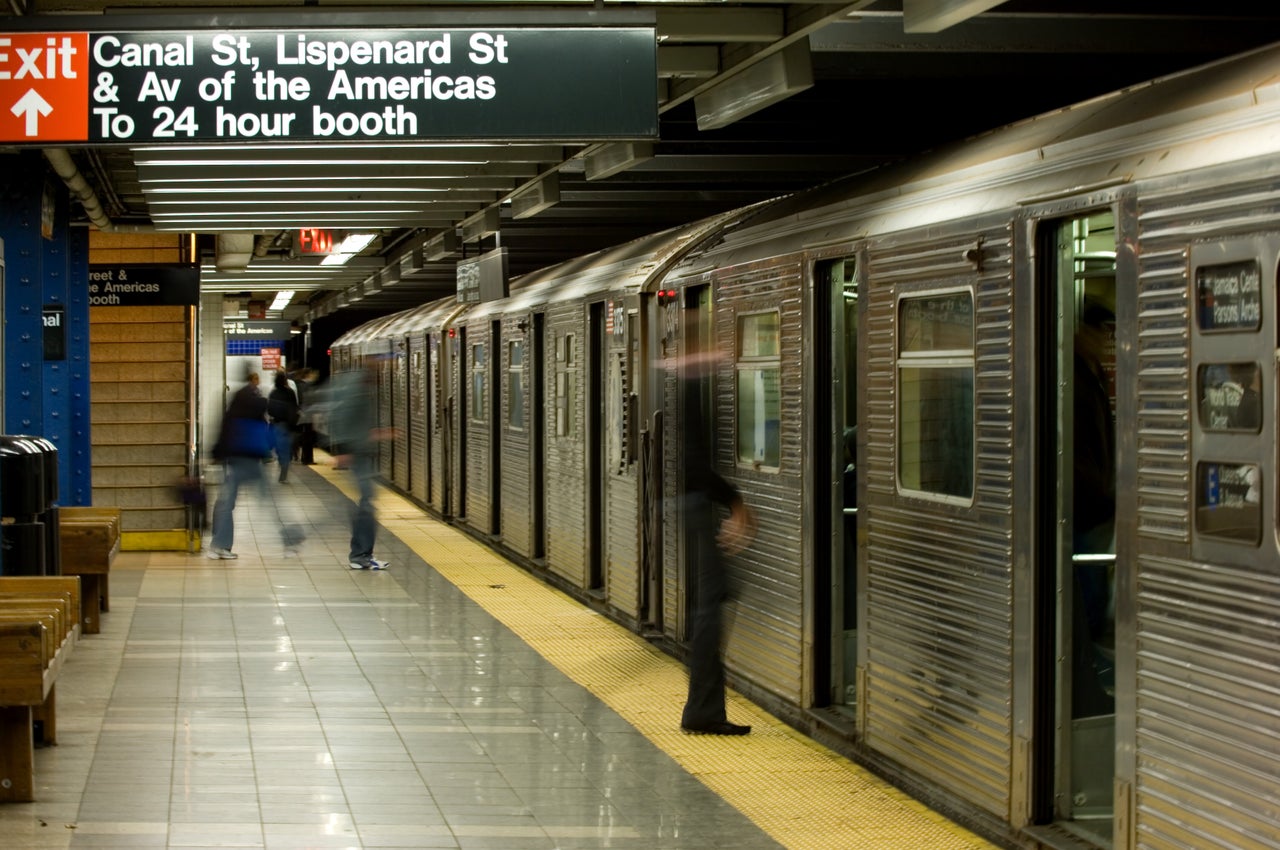
Meanwhile, some experts say there is not enough evidence that free transit can persuade people to leave their cars at home.
“Increased ridership usually comes from people who would have walked or might not have made the trip otherwise,” said Rosalie Ray, a Ph.D. student in urban planning at New York’s Columbia University who has studied the issue. While she supports the idea of free transit, she noted that previous experiments in U.S. cities have had mixed results.
In the 1970s, Trenton, New Jersey, and Denver, Colorado, used federal grants to make some bus routes free during off-peak times. While ridership did increase by about 15% overall (and 45% during off-peak times), there was no appreciable reduction in auto traffic, according to a 1982 study, and the schemes were abandoned.
“It’s important to make a distinction between increasing ridership and getting people out of their cars,” Ray said. “It has to work in tandem with other efforts to improve the transit system — on its own, it doesn’t really help reduce car trips.”
A prime example of combined strategies was used in Bologna, Italy, which during a period under local communist rule in the 1970s made transit free at peak times, while banning private cars on 75% of its streets. Two years later, daily traffic had fallen by 20%. (Despite the program’s success on that front at least, the free rides didn’t last.)
Meanwhile, in Tallinn, a 2016 report found that three years after free transit was implemented in the Estonian capital, ridership was up. But that study also found evidence of more cars on the road. By 2019, however, after bus lanes replaced more car lanes and the city hiked the price of on-street parking, the number of private vehicles in the central city was down 10%.
That carrot-and-stick approach may be a tall order in the United States, where being able to drive a car anywhere Americans want to go feels like a birthright. Still, New York last fall removed private cars from most of Manhattan’s 14th Street, a major crosstown bus route, and San Francisco last month banned cars on Market Street, its main thoroughfare. These moves have created pain points for some commuters, which might be eased by eliminating fares on the buses that now run more smoothly along those routes, unimpeded by automobile traffic.
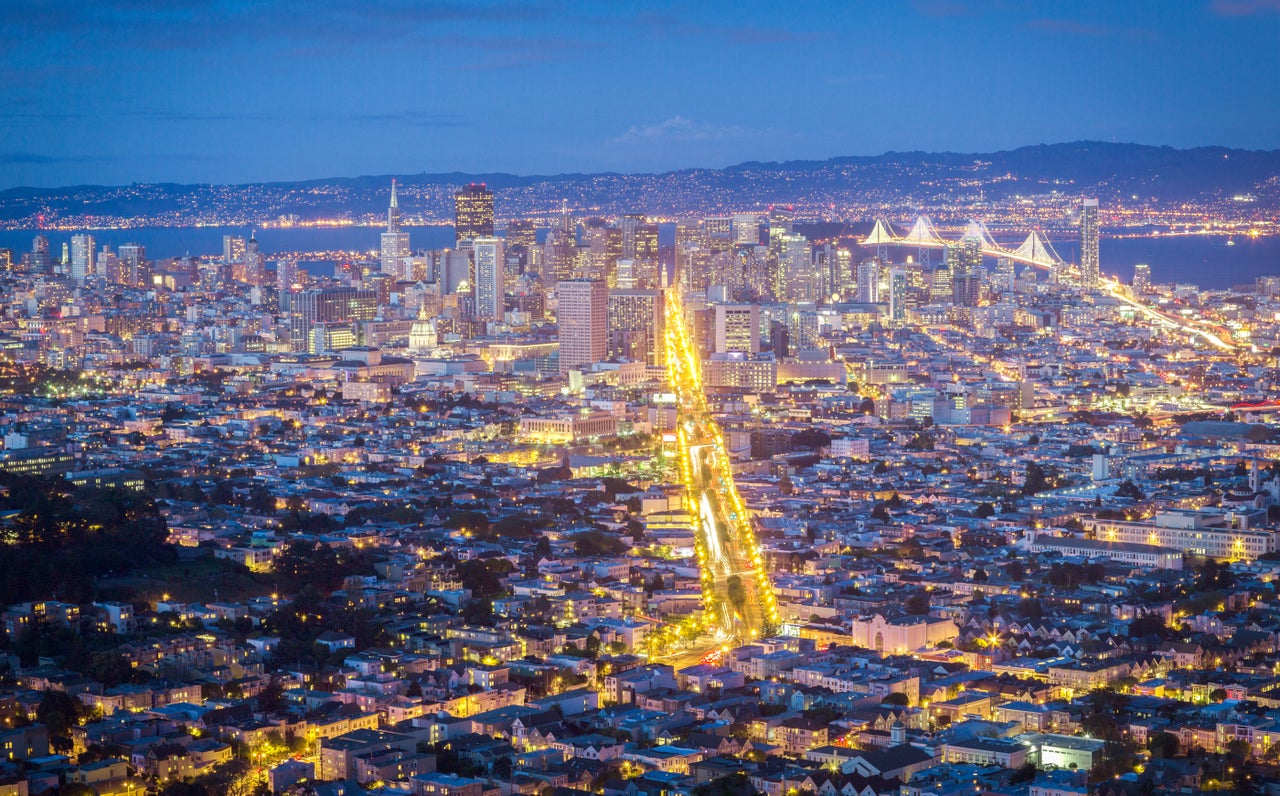
That sort of post-car future remains a long way off for Candria Gray and her Worcester neighbors. Ending fare collection is only a first step, Gray said. Worcester will also have to revise bus routes, increase frequency and improve infrastructure if the city is going to achieve transportation equity and offer a public system that’s as appealing as the private car.
But steps forward do count. For Gray, a college student, transit advocacy has become the equivalent of a part-time job, and seeing her hard work pay off in the form of no fares will provide motivation to continue the campaign.
“I believe that the demand is there,” Gray said. “Other cities have good transit. We should, too!”
For more content and to be part of the “This New World” community, follow our Facebook page.
HuffPost’s “This New World” series is funded by Partners for a New Economy and the Kendeda Fund. All content is editorially independent, with no influence or input from the foundations. If you have an idea or tip for the editorial series, send an email to thisnewworld@huffpost.com.